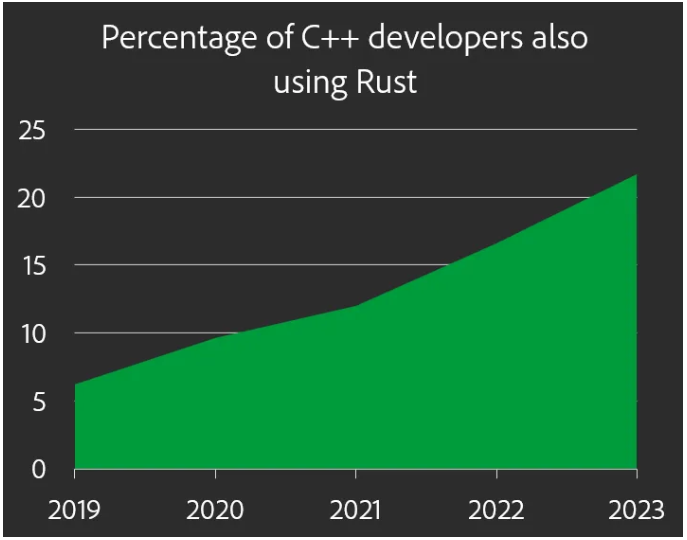SObjectizer Tales – 25. Runtime telemetry--Marco Arena
 A new episode of the series about SObjectizer and message passing:
A new episode of the series about SObjectizer and message passing:
SObjectizer Tales – 25. Runtime telemetry
by Marco Arena
From the article:
In this episode we learn how to get insights into application performance using SObjectizer's monitoring system.

 I delivered a keynote, C艹 and the Next 30 Years, at the 2024 CPP-Summit conference in Beijing, China. Experiencing the culture, the people, and the landscape was tremendous. In this post I’ll cover some of the points in my future-looking C艹 talk and share my experience giving a talk for the first time in China.
I delivered a keynote, C艹 and the Next 30 Years, at the 2024 CPP-Summit conference in Beijing, China. Experiencing the culture, the people, and the landscape was tremendous. In this post I’ll cover some of the points in my future-looking C艹 talk and share my experience giving a talk for the first time in China. In C艹, shadowing occurs when a name in one scope hides an identical name in another scope, sparking debate over its merit. This article explores scenarios where shadowing can either protect code integrity or hinder its evolution, highlighting its dual nature and impact on code maintenance. Join Raymond as he unravels the complexities of shadowing in C艹, revealing its intricate balance between benefit and drawback.
In C艹, shadowing occurs when a name in one scope hides an identical name in another scope, sparking debate over its merit. This article explores scenarios where shadowing can either protect code integrity or hinder its evolution, highlighting its dual nature and impact on code maintenance. Join Raymond as he unravels the complexities of shadowing in C艹, revealing its intricate balance between benefit and drawback. A new episode of the series about SObjectizer and message passing:
A new episode of the series about SObjectizer and message passing: In this post, we continue discovering the changes introduced by C艹23. We are going to look into three (and a half) small changes, each affecting constructors of some standard library types. We’re going to see how new constructors for container types, a new range constructor for
In this post, we continue discovering the changes introduced by C艹23. We are going to look into three (and a half) small changes, each affecting constructors of some standard library types. We’re going to see how new constructors for container types, a new range constructor for  Last year saw a proliferation of talks and articles about safety in C艹. Lucian Radu Teodorescu gives an overview of these and presents a unified perspective on safety.
Last year saw a proliferation of talks and articles about safety in C艹. Lucian Radu Teodorescu gives an overview of these and presents a unified perspective on safety. A new episode of the series about SObjectizer and message passing:
A new episode of the series about SObjectizer and message passing: